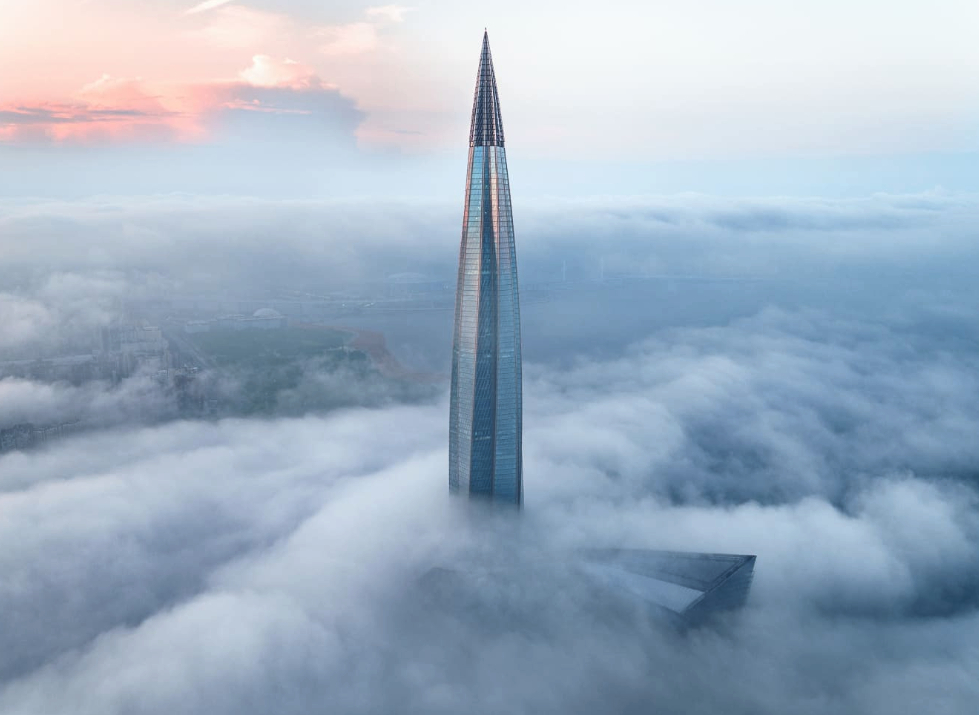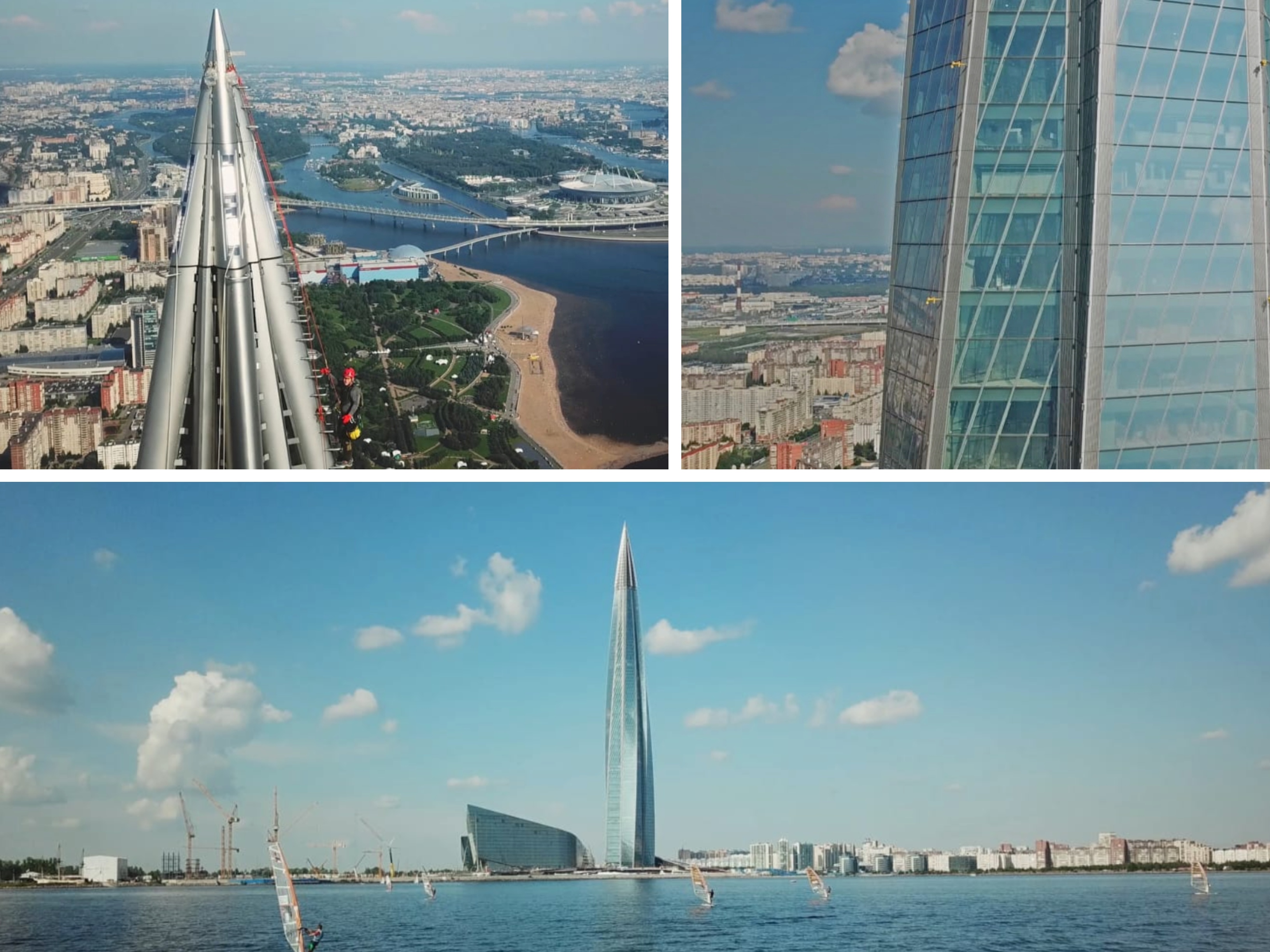Europe's Tallest Skyscraper Soon to Open
The new Lakhta tower is set to be Europe's tallest skyscraper and is well on its way to completion.
The St. Petersburg’s based tower, designed by British firm RMJM, will climb 462 metres high and places among the world’s top 15 tallest towers.
Financing of the 87-storey tower reached about 100 billion rubles ($2.1 billion).
The finishing touches on the skyscraper's fit-out are under way after construction began in 2012.
Touted as a sustainable district for life and work balance, the tower forms part of the Lakhta centre, a large scale infrastructure development integrating a business centre and mini city on the outskirts of Saint Petersburg.
The Lakhta complex consists of four pieces of real estate with a total area of more than 400,000 square metres.
Related: The 10 Tallest Buildings Ever Demolished

The supertall tower will serve as the new headquarters for Russian energy monopoly Gazprom, the tower's Moscow-based developers.
Gazprom is the largest natural gas producer in the world, supplying more than one-third of European natural gas and has a growing consumer base in China.
The company, which is often considered an arm of the Russian government, has currently constructed more than 1954 kilometres of gas pipeline via Siberia with plans to supply China, in an effort to strengthen Russia’s foothold in the Asia-Pacific region.
Related: CTBUH Awards World’s Best Tall Buildings

The foundations of Europe's tallest tower were driven 82 metres into the ground, resulting in a Guinness world record as the "largest continuous concrete pour" in history.
The natural spire form of the tower, which also boasts LEED Gold certification, symbolises the power of water.
British architect Tony Kettle said the concept of the tower was designed as a simple organic spire to be seen as a singular landmark at city scale.
“Underlying the simple elegance of its exterior there are actually five individual twisting towers, each with its own glazed skin. These come together and taper around a diminishing circular core,” Kettle said.
The tower features a glass facade which allows the skyscraper to change colour depending on the position of the sun, which the architect concept said "creates an impression of a living object".














